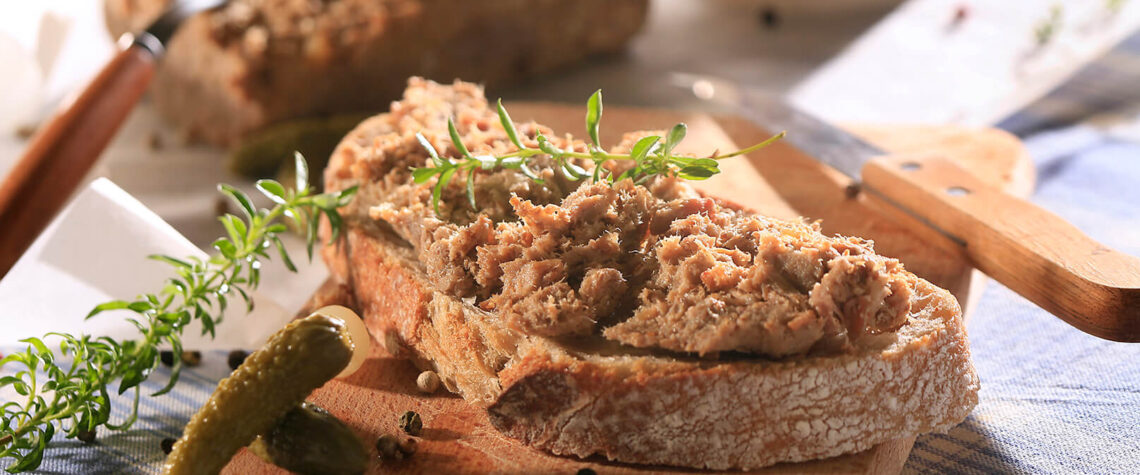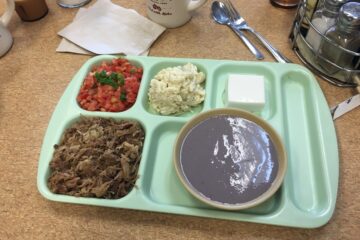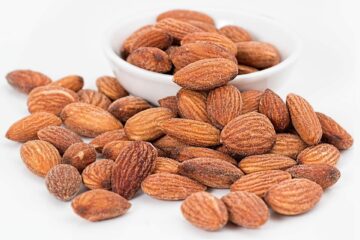

Rillettes are meat, fish or poultry that’s been chopped or shredded, seasoned with salt and pepper and preserved slowly in its own fat, the fat of another animal, olive oil or butter to make a thick spread for sandwiches, crudité or pasta stuffing. If that sounds a lot like confit, you’re right — the difference is that confit items are usually cooked and served whole, whereas rillettes are the result of shredding the confit. “Confit is just the cooking method,” Westermann clarifies. “It is a traditional way of preserving meat, which also adds a lot of flavor to the meat. Because rillettes are so rich, you need plenty of salt and other spices to help balance the flavors.”
How are rillettes different from pâtés and terrines? Westermann says, “Pâtés and terrines are smoother and usually use organ meat, like liver,” whereas rillettes will use meat from the leg, thigh, shoulder or rib. “We mostly eat rillettes with bread and cornichons as an appetizer or snack. Pâté and rillettes are not really a meal by themselves,” Westermann adds. This preparation is also known as “potted” meat or fish.
























